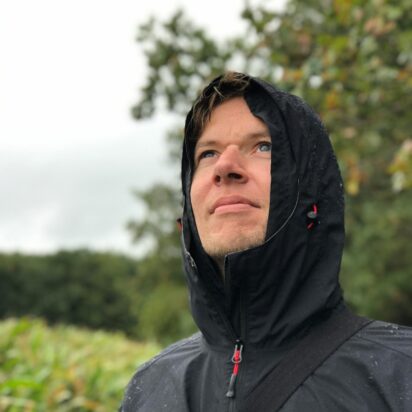
The Pantanal: Building a Resilient Future
Stretching across Brazil, Bolivia, and Paraguay, the Pantanal is the world’s largest tropical wetland — a living mosaic of water, grasslands, forests, and wildlife that sustains both nature and people. But today, this extraordinary ecosystem stands at a crossroads. As the climate changes and human pressures intensify, its delicate balance is increasingly at risk.

The Challenges of a Changing Climate
In recent years, the Pantanal has faced one of its most urgent challenges: water scarcity. Prolonged droughts, altered rainfall patterns, and rising temperatures have disrupted the hydrological cycles that define the region. Rivers and wetlands that once pulsed with life are drying earlier and faster. This scarcity threatens not only the region’s biodiversity but also the livelihoods and cultures of the people who call it home.
“Water is life in the Pantanal,” says Ángelo Rebelo, a local conservationist. “When the water becomes scarce, everything changes, the fish, the cattle, the people’s rhythm of life.”

Alongside drought, fire has emerged as another formidable threat. Years of suppressing all fires, a policy once known as “zero fire”, have unintentionally led to an accumulation of dry biomass. When drought and heat strike, this buildup fuels massive wildfires, such as those that devastated the region in 2019, 2020, and 2021.
As Fábio Padilha Bolzan, Superintendente de Mitigação e Adaptação Climática at SEMA, explains: “The policy of fire zero didn’t work it exploded in 2019, 2020, and 2021. Our challenge now is to learn to live with fire again, to bring back the good fire that sustains ecological functions.”
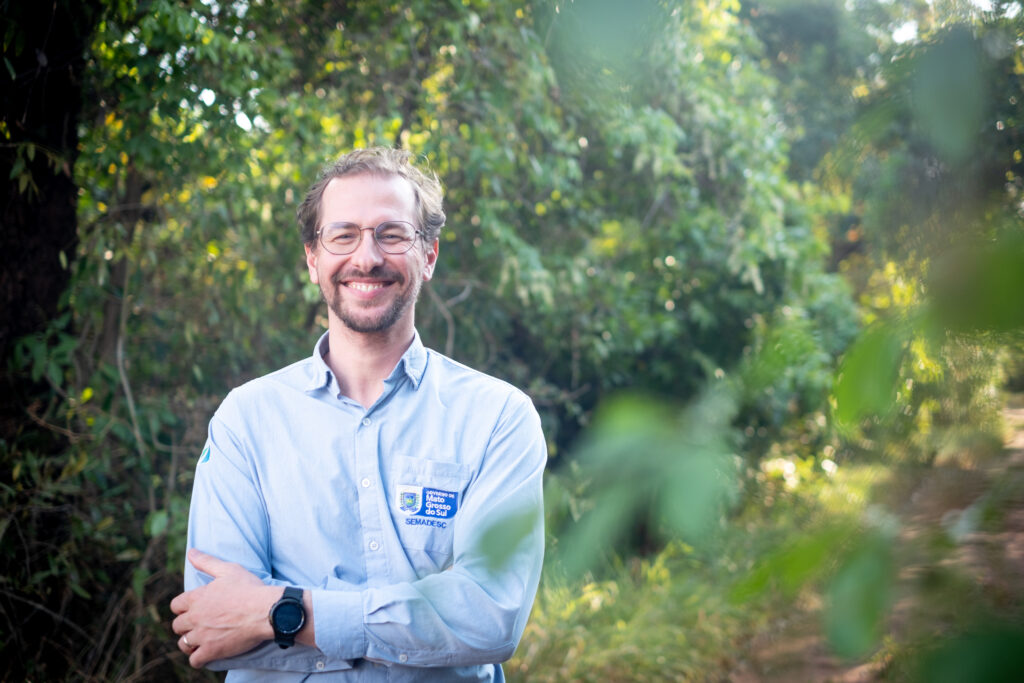
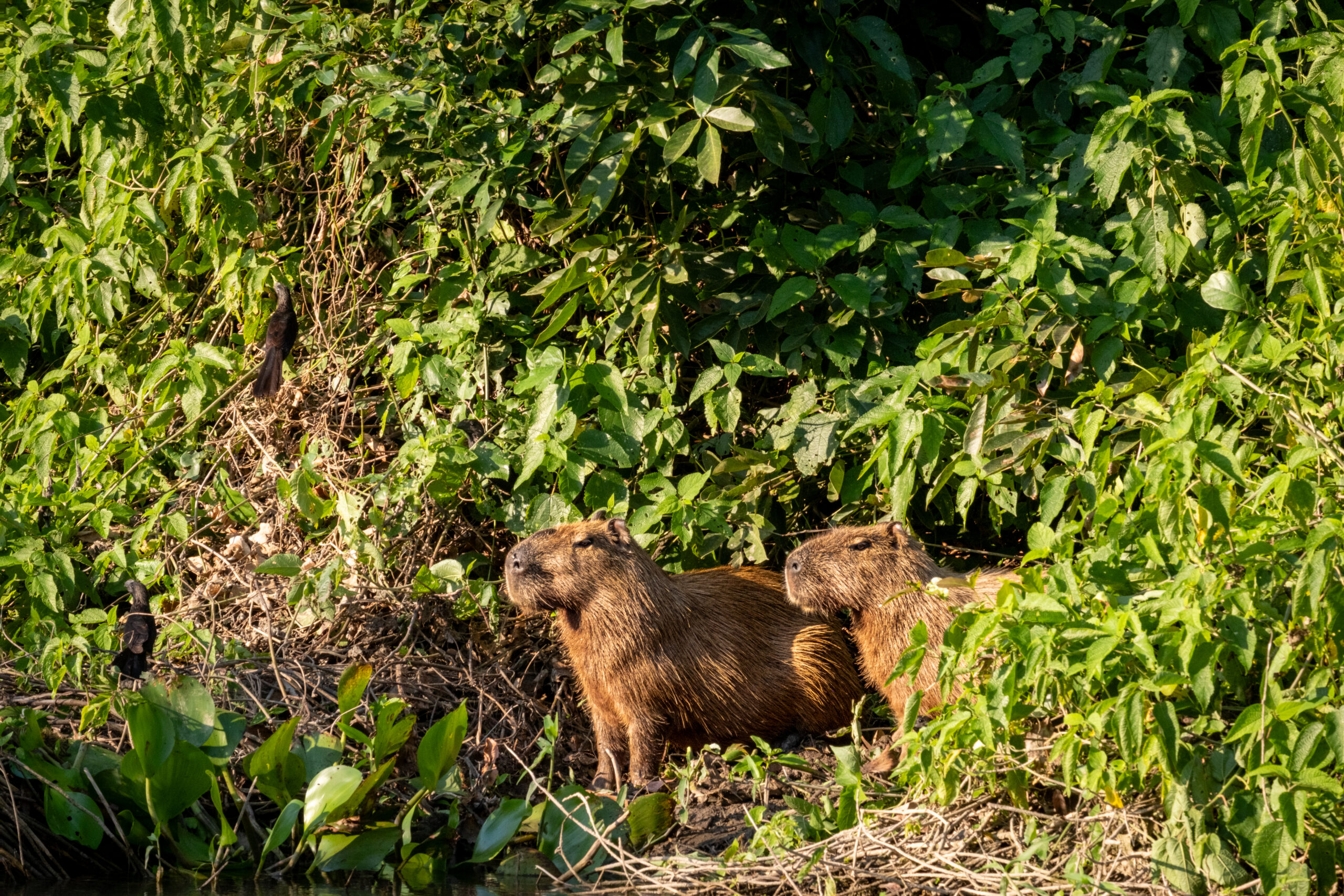
A Call for Integration and Collective Action
Protecting the Pantanal is not a challenge for one sector alone, it demands collaboration between government, private landowners, local communities, and civil society. There is growing recognition that laws and policies must not only safeguard biodiversity but also align with the way people live and work in the region.
“Our biggest challenge,” says Leonardo Tostes Palma, Manager of Conservation Units at IMA, “is making sure that environmental laws are connected to people’s way of life and that they support sustainable economic development.”
This vision depends on integrating public policy, scientific research, and local knowledge. “We need to find common ground,” Palma continues, “where government, private enterprise, and civil society can come together for the conservation of the Pantanal while also ensuring sustainable livelihoods and preserving the strong, rooted culture of the pantaneiro.”

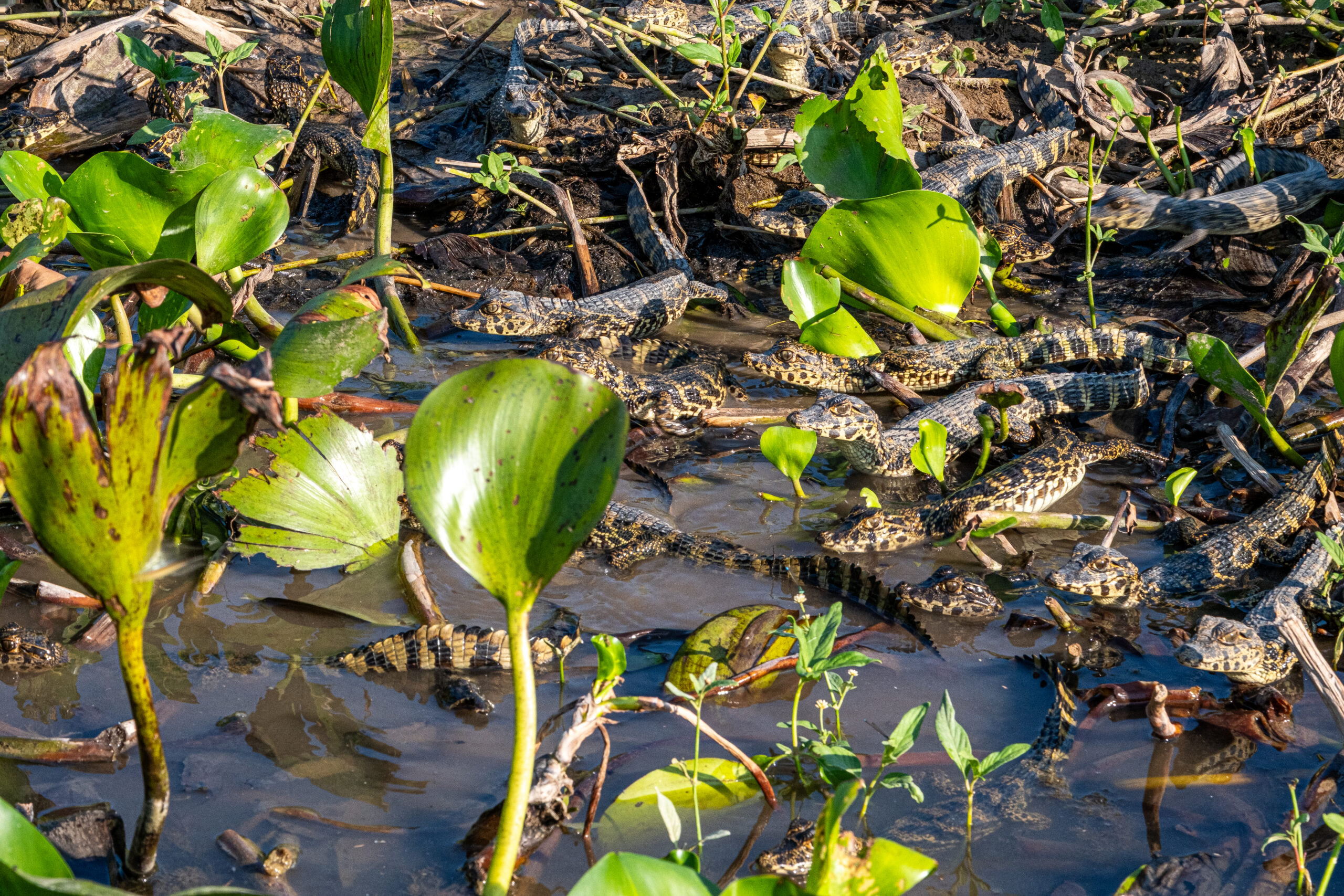
The Vision for 2050
Looking ahead, the vision for the Pantanal in 2050 is one of resilience, balance, and shared responsibility. It is a landscape where nature-based solutions are at the core of economic activity. Cattle ranching, a cultural and economic pillar of the region, is managed sustainably and valued for maintaining open grasslands and biodiversity. Protected areas are strengthened, not just ecologically but economically, creating incentives for conservation that benefit local people.
“I imagine that by 2050, nature-based solutions will be more common, ranching will be better valued, and Pantanal culture will be truly recognized,” says Rebelo. “Only by valuing all three, nature, economy, and culture, can we really think about the future.”
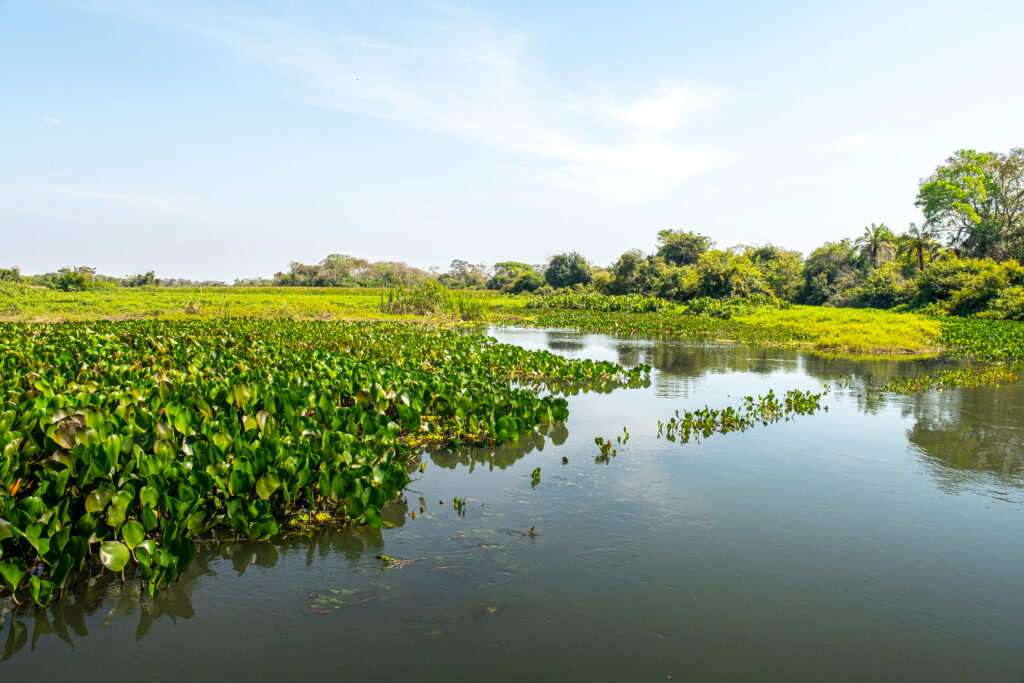
In this envisioned future, communities across the Pantanal are more connected, with access to education, energy, and communication, even in remote areas. The region’s Indigenous and traditional populations continue to thrive, preserving cultural practices that have coexisted harmoniously with the environment for centuries.
A restored network of rivers and wetlands once again pulses through the landscape, ensuring clean water, abundant fish, and healthy wildlife from the smallest bird to the iconic jaguar.
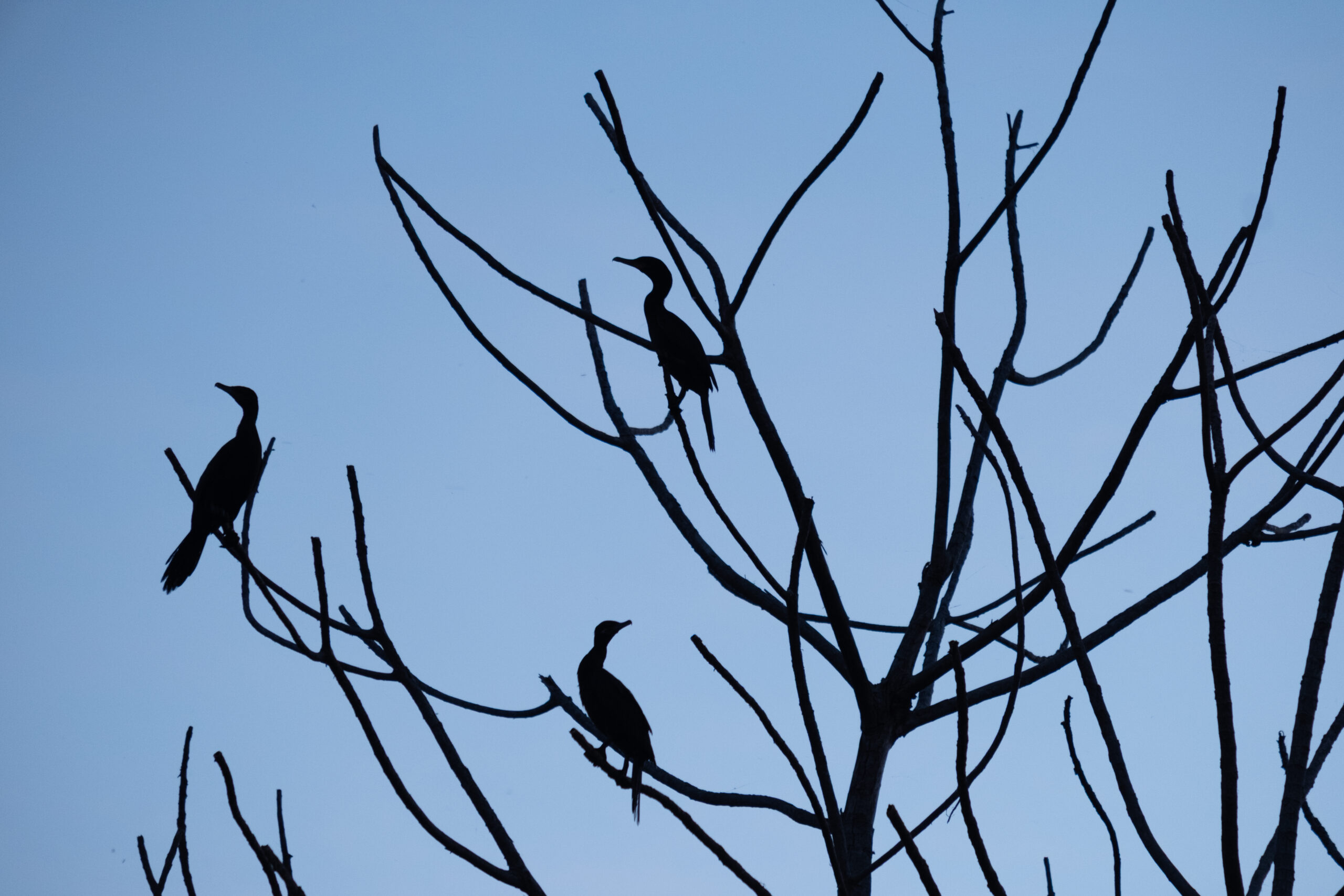
Shaping the Path Forward
Achieving this future will require a profound shift in how people value and interact with the Pantanal. Behavior change, education, and awareness are as important as policy and science. “We need to teach people to live with the Pantanal, not against it,” Palma emphasizes. “Many come from outside and try to impose new ways of living that don’t fit the landscape. The Pantanal teaches us adaptation that’s how it survives.”
For Bolzan, the path forward is rooted in changing mindsets. “Everything depends on human behavior on how much people value this biome,” he says. “It’s not just the government that needs to act; everyone needs to understand their role. That’s how we turn dreams into reality.”
The Pantanal has always been a place of adaptation. Its people, its wildlife, and its waters have endured through change by finding balance. If that balance can be restored and strengthened, the Pantanal of 2050 will not only survive it will thrive as a living model of harmony between humans and nature.
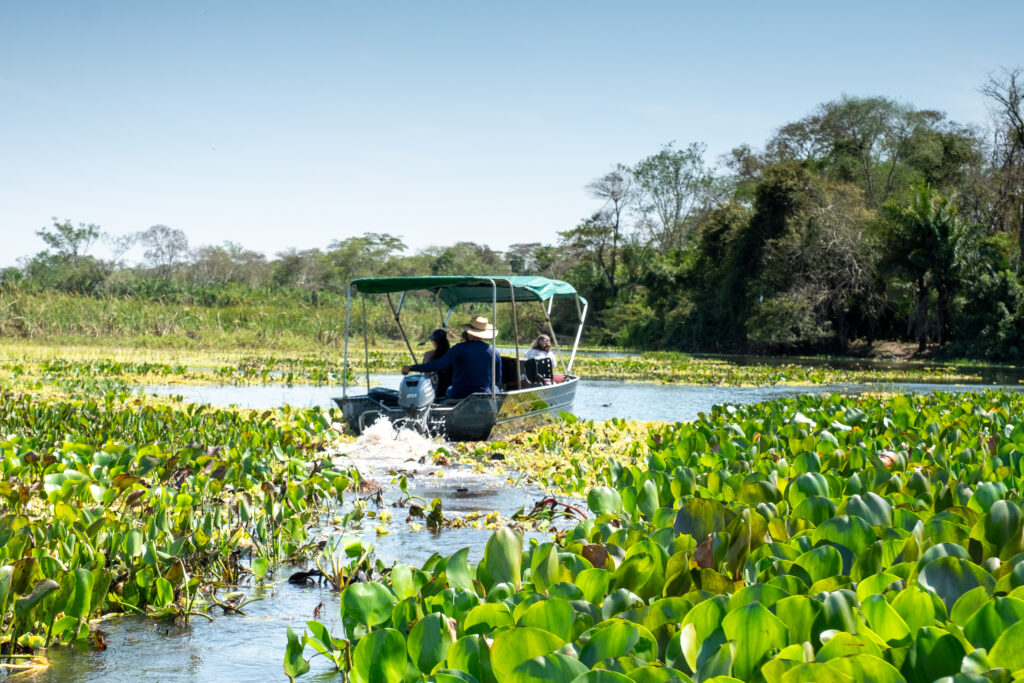
Written by
Joeri Borst
